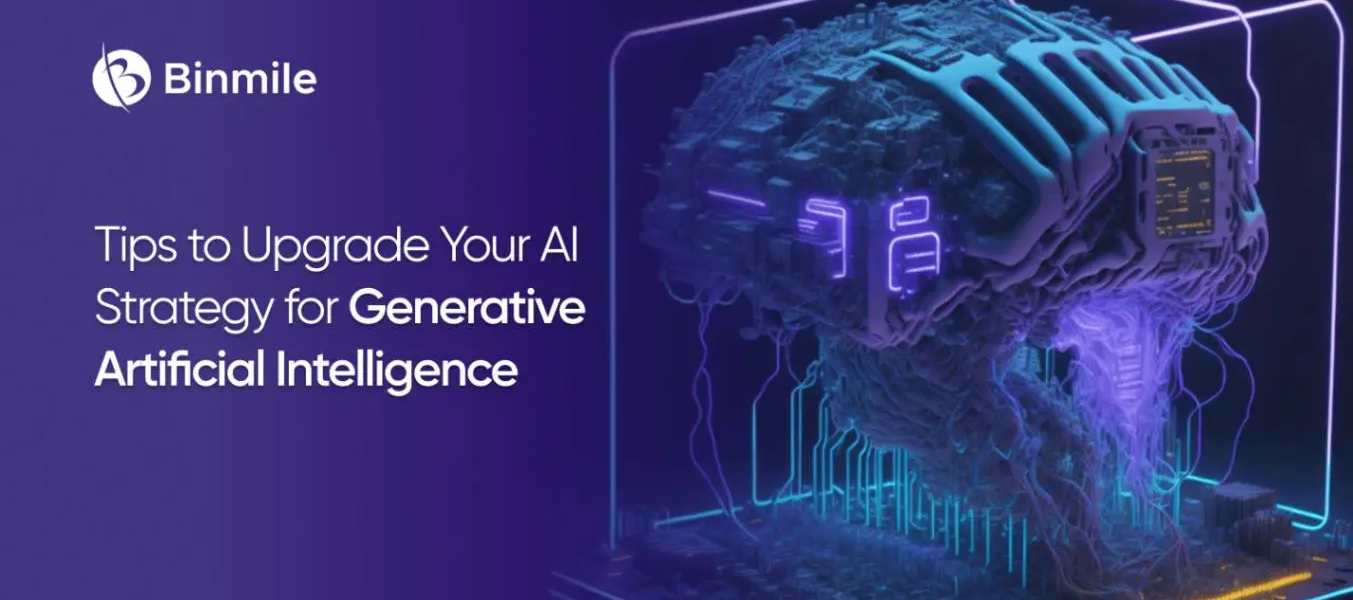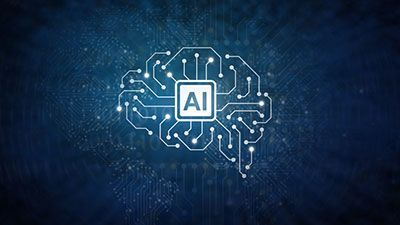Unlocking the Future: Crafting a Generative AI Strategy for Business Success
Generative AI is revolutionizing various industries, offering innovative ways to create content, improve efficiency, and drive business growth. As companies strive to stay competitive, developing a robust generative AI strategy becomes essential. This article explores the key components of a successful generative AI strategy, its benefits, challenges, and future implications.
Understanding Generative AI
Generative AI refers to algorithms that can generate new content, such as text, images, and music, based on the data they have been trained on. Unlike traditional AI, which relies on predefined rules, generative AI learns patterns from data and creates original outputs, making it a powerful tool for innovation.
Importance of a Generative AI Strategy
A well-defined generative AI strategy helps businesses leverage AI’s full potential, ensuring they can create unique content, automate processes, and enhance customer experiences. By integrating generative AI into their operations, companies can achieve significant competitive advantages.
Key Components of a Generative AI Strategy
1. Identifying Business Objectives
The first step in developing a generative AI strategy is to identify clear business objectives. What problems are you trying to solve? What goals do you want to achieve? Defining these objectives will guide your AI initiatives and ensure they align with your overall business strategy.
2. Data Collection and Management
Generative AI relies on large datasets to learn and generate new content. Therefore, having a robust data collection and management system is crucial. Ensure your data is high-quality, diverse, and relevant to your objectives.
Data Privacy and Security
Data privacy and security are paramount when dealing with large datasets. Implement strong data governance policies to protect sensitive information and comply with regulatory requirements.
3. Choosing the Right AI Tools and Technologies
Selecting the appropriate AI tools and technologies is essential for a successful generative AI strategy. Consider factors such as scalability, ease of integration, and the specific needs of your business.
AI Development Company
Partnering with an AI development company can provide the expertise and resources needed to implement advanced AI solutions. They can help tailor AI tools to your specific requirements, ensuring seamless integration and maximum impact.
4. Building a Skilled AI Team
Assemble a team of skilled professionals with expertise in AI, data science, and machine learning. This team will be responsible for developing, implementing, and maintaining your generative AI solutions.
Training and Development
Continuous training and development are crucial for keeping your team updated with the latest advancements in AI technology. Invest in regular training programs and encourage knowledge sharing within the team.
5. Implementing AI Ethics and Governance
Ethical considerations are critical in AI development. Establish clear guidelines for AI use, focusing on transparency, fairness, and accountability. Implementing strong AI governance policies will help build trust and ensure responsible AI practices.
6. Measuring and Optimizing AI Performance
Regularly measure the performance of your generative AI solutions to ensure they are meeting your business objectives. Use key performance indicators (KPIs) to track progress and identify areas for improvement.
Continuous Improvement
Generative AI is an evolving field. Continuously refine your AI models and strategies based on feedback and performance metrics to stay ahead of the competition.
Benefits of a Generative AI Strategy
1. Enhanced Creativity and Innovation
Generative AI can create unique content and solutions, driving creativity and innovation. Businesses can leverage AI-generated ideas to develop new products, services, and marketing campaigns.
2. Improved Efficiency and Productivity
By automating repetitive tasks, generative AI frees up valuable time for employees to focus on more strategic activities. This leads to increased efficiency and productivity across the organization.
3. Personalized Customer Experiences
Generative AI can analyze customer data to create personalized content and recommendations. This enhances customer engagement and satisfaction, leading to higher loyalty and retention rates.
4. Cost Savings
Automating processes with generative AI can lead to significant cost savings. Businesses can reduce labor costs, minimize errors, and streamline operations, improving their bottom line.
Challenges of Implementing Generative AI
1. Data Quality and Availability
Generative AI requires high-quality, diverse datasets to function effectively. Ensuring access to the right data and maintaining its quality can be challenging.
2. Integration with Existing Systems
Integrating generative AI with existing systems and processes can be complex. It requires careful planning and execution to ensure seamless interoperability.
3. Ethical and Legal Concerns
Generative AI raises ethical and legal concerns, particularly around data privacy, bias, and intellectual property. Addressing these concerns is essential for responsible AI deployment.
4. High Initial Investment
Implementing generative AI solutions can require significant upfront investment in technology, infrastructure, and talent. However, the long-term benefits often outweigh the initial costs.
Future Implications of Generative AI
1. Expanding Applications
As generative AI technology advances, its applications will continue to expand across various industries, from healthcare to entertainment, offering new opportunities for innovation and growth.
2. Advancements in AI Capabilities
Ongoing research and development will lead to more sophisticated generative AI models with enhanced capabilities, driving further improvements in content generation and automation.
3. Greater Collaboration between Humans and AI
The future will see increased collaboration between humans and AI, with generative AI augmenting human creativity and decision-making. This synergy will unlock new levels of productivity and innovation.
Conclusion
Developing a robust generative AI strategy is crucial for businesses looking to stay competitive in the digital era. By leveraging the power of generative AI, companies can drive innovation, enhance efficiency, and deliver personalized customer experiences. As AI technology continues to evolve, the possibilities for its application are limitless, offering exciting opportunities for future growth.
Unique FAQs (Frequently Asked Questions)
1. What is generative AI?
Generative AI refers to algorithms that can create new content, such as text, images, and music, based on the data they have been trained on. It learns patterns from data and generates original outputs, making it a powerful tool for innovation.
2. Why is a generative AI strategy important for businesses?
A generative AI strategy helps businesses leverage AI’s full potential, ensuring they can create unique content, automate processes, and enhance customer experiences. It provides significant competitive advantages and drives business growth.
3. What are the key components of a successful generative AI strategy?
Key components include identifying business objectives, data collection and management, choosing the right AI tools and technologies, building a skilled AI team, implementing AI ethics and governance, and measuring and optimizing AI performance.
4. What are the benefits of implementing generative AI?
Benefits include enhanced creativity and innovation, improved efficiency and productivity, personalized customer experiences, and cost savings through process automation.
5. What challenges do businesses face when implementing generative AI?
Challenges include ensuring data quality and availability, integrating AI with existing systems, addressing ethical and legal concerns, and managing the high initial investment required for AI implementation.





